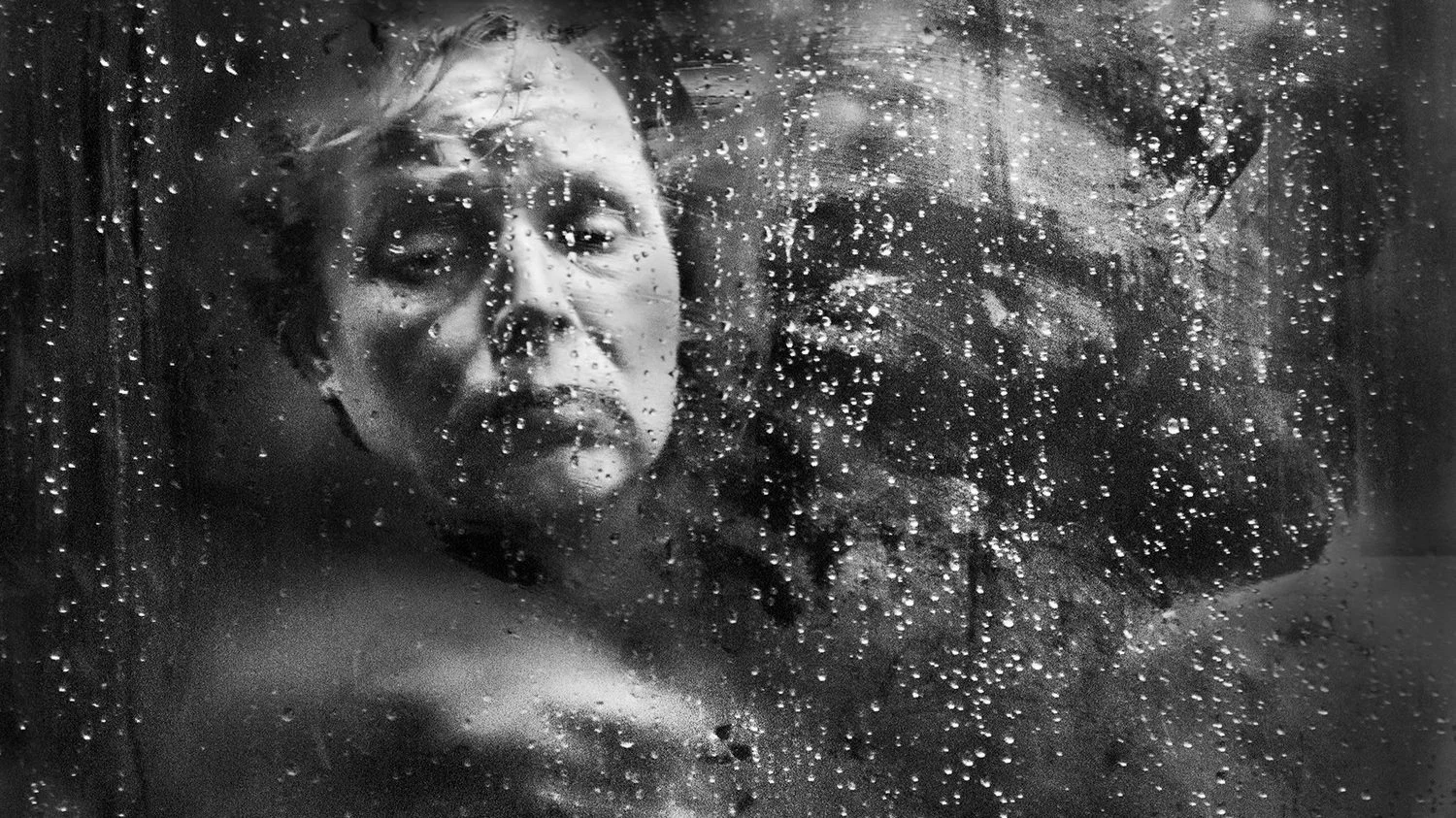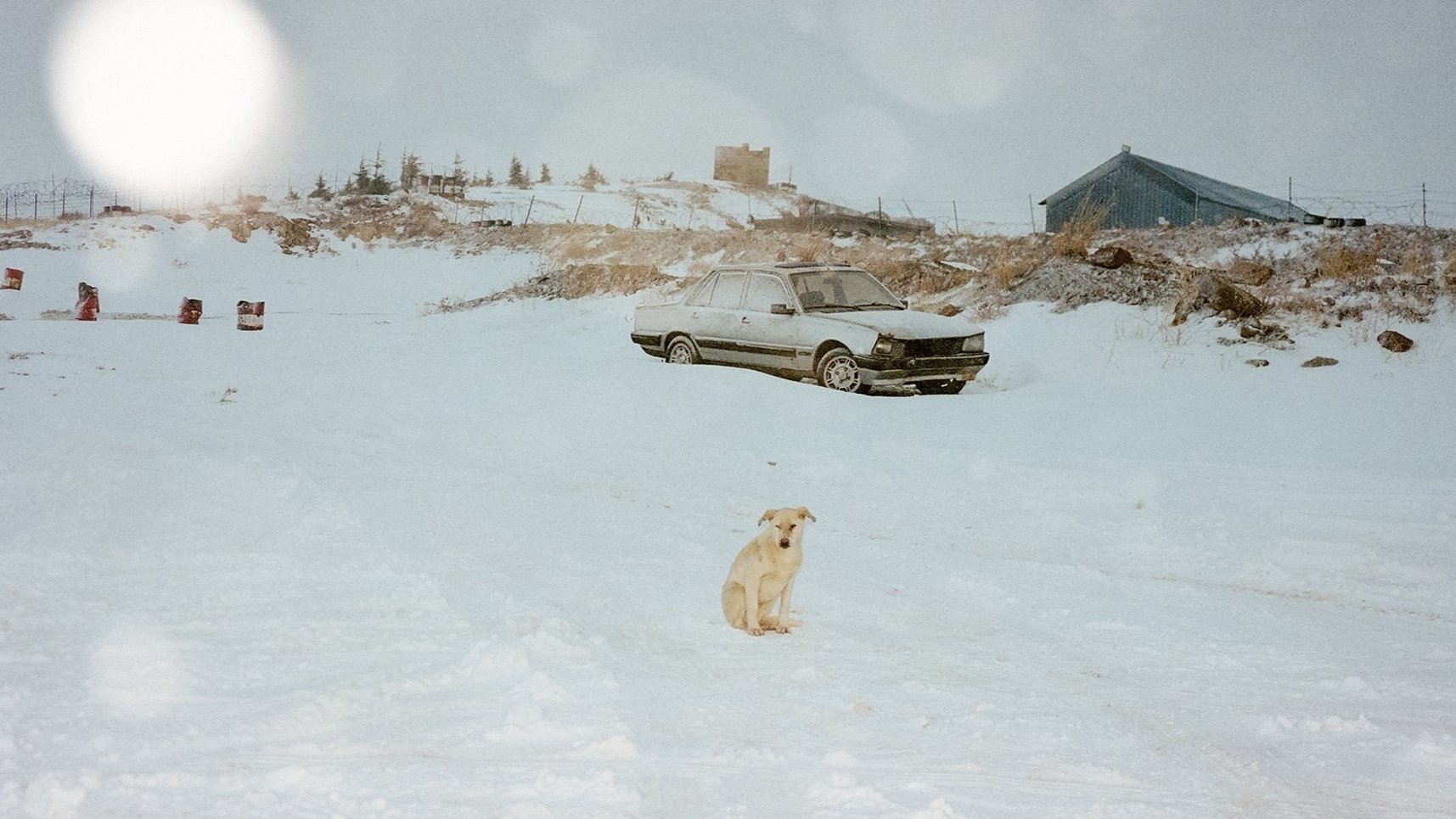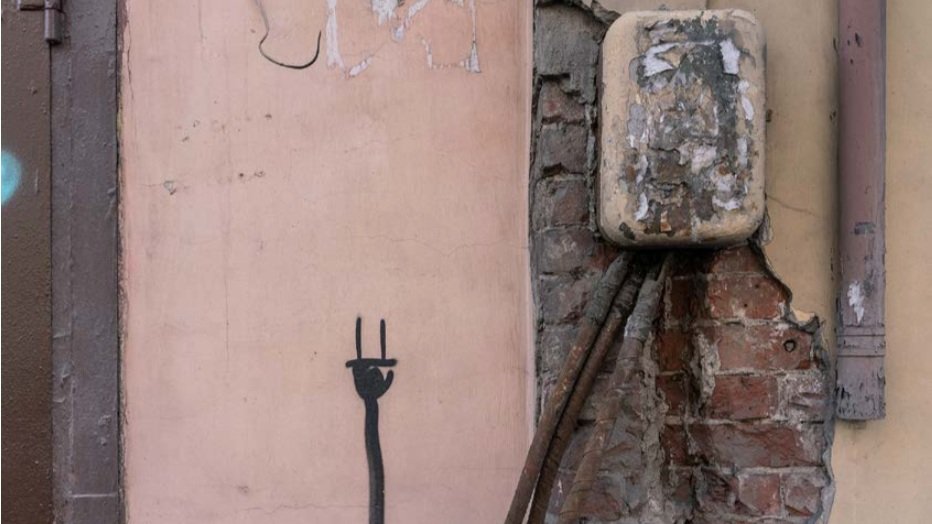Ghaleb Cabbabé’s How Can It Still Be Home? Turns 5 Years of Film Photography Into a Haunting Portrait of Lebanon
Welcome to this edition of [book spotlight]. Today, we uncover the layers of 'How Can It Still Be Home?,' by Ghaleb Cabbabé (published by Kehrer Verlag). We'd love to read your comments below about these insights and ideas behind the artist's work.
Photography can reveal truths words will always fail to capture.
Ghaleb Cabbabé’s How Can It Still Be Home? shows this in a powerful way. The book brings together five years of film photographs made in Lebanon, his homeland. These images hold the beauty, pain, and confusion of a place that feels both safe and broken.
This is a book about seeing Lebanon with new eyes.
It mixes family memories, quiet streets, and moments of collapse. Cabbabé uses film photography to slow down and look carefully at what remains.
Can a camera make sense of a collapsing homeland?
The Book
How Can It Still Be Home? is a photobook by Ghaleb Cabbabé that brings together more than five years of work. The book was published by Kehrer Verlag in 2025 and contains 82 color photographs shot on film in Lebanon between 2019 and 2025. The project began as a personal way for Cabbabé to document his visits to his home country, focusing on light, textures, and the places that made him feel connected. But as Lebanon faced financial collapse and the Beirut port explosion, the project became something deeper.
The book explores what it means to call a place home when that place is marked by crisis and change. Cabbabé combines photographs of family, quiet streets, and daily life with images that reflect the country’s instability and pain. His background in architecture shapes his attention to space, structure, and balance, while the use of film photography gives the work a slower, more reflective pace.
Designed by Victor Balko and published in hardcover, the book is 21 x 24 cm, 120 pages, and includes texts by the photographer. How Can It Still Be Home? is a visual record of a fragile connection to place, memory, and belonging. (Kehrer Verlag, Amazon)
Overview of the project: What led you to create How Can It Still Be Home?, and how did your own relationship with Lebanon shape the vision of the book?
I’ve been living abroad for more than 20 years. In 2018, I started documenting my visits to Lebanon. Initially, it was about the light, the textures, the family house and the little things that made me feel home. But when the country spiralled into an unprecedented financial collapse, followed by the Beirut port explosion, things changed and I found myself asking: How can it still be home? That question became the spine of the project, structuring and shaping the whole series and story. From the start, I’ve envisioned it as a book. It felt like the most natural way and format to hold this tension.
Has your answer to that question changed over time as the book came together? Did the process of photographing and sequencing help you find a new way of relating to Lebanon?
As the book came together, my answer to this question didn’t fundamentally change. The initial direction remained quite consistent, but the process helped sharpen it. Photographing and sequencing brought a sense of clarity, as certain concepts and feelings found their visual form.
Questioning home: The project wrestles with the contradictions of love, memory, and disillusion. How did you go about capturing that tension visually without falling into stereotypes of war-torn places?
I’m glad that you’re asking this. Throughout the project, I’ve tried to stay away from stereotypes. Not only the ones of war-torn places, but also those linked to the overly romanticised depictions of Lebanon. I’ve imagined and built the book around a dual thread. One of warmth, comfort, and serenity, the other of tension, uncertainty, and disillusion. After all, this is what Lebanon is about, and one of the main challenges of this project was to find the right balance in these contradictions.
A personal documentary: You describe the work as highly intimate and emotional. How did you balance vulnerability and distance while photographing such a personal subject?
I didn’t feel that I had to intentionally balance vulnerability with distance. It simply felt like I was telling the story I wanted to tell and sharing the feelings that I felt. And that was quite reassuring. I’ve recently come across a short clip of Sebastião Salgado saying that “it’s necessary to have total identification with the subject we photograph”. That sentiment really resonated with me.
Do you think that level of emotional closeness also makes editing more difficult? Were there moments you had to leave powerful images out because they felt too personal or disrupted the narrative flow?
That must be true, and I definitely had to leave out images I initially considered as powerful. Personal projects make editing difficult, as each photograph carries a meaning and story that might not be legible for the viewer. That’s why sharing sequences and receiving feedback was important throughout the process. Making a photography book is a nonlinear, multilayered journey, it’s not about assembling the “best” images but about selecting the ones that, together, create the most resonant and cohesive story.
Working with film: You shot the entire series on film over five years. What did the slower, analog process bring to your experience of observing Lebanon and yourself within it?
I love film photography and old analog cameras for many reasons, and for a project so rooted in memory and emotion, it just felt right. From the slow pace of the work to the organic feel of the images. Of course, it wasn’t always practical—traveling with exposed rolls, negotiating with airport security to avoid X-ray damage—but those analog rituals became part of the journey.
Advice for photographers working on long-term personal projects: What helped you stay committed to a story so rooted in personal and national complexity over such a long period?
I guess that what kept me going was a deep belief in the story. It felt honest and wasn’t something I had to force. My advice would be not to ride the wave of trends but to look inward and identify a genuine and meaningful personal direction to explore from the early stages of a project. The direction may evolve, and that’s part of the process. But when your subject feels deeply real, you don’t struggle with commitment. It simply drives you.
Visualizing contradictions: The book holds both warmth and pain, safety and rupture. What was your approach to sequencing and pairing images to reflect that emotional duality?
Sequencing is probably the hardest part of a book project. It has to be consistent visually while maintaining the interest of the viewer and the heartbeat of the narrative. As I didn’t want to create a predictable pattern, I’ve paired images based on different approaches. Some pairings are made through colour or form, others through emotional contrasts: comfort versus uncertainty, calm against chaos. I printed small images, shuffled and re-shuffled them on walls, floors, and tables. Sharing drafts with trusted voices for feedback was also quite helpful during this long process.
Did you also find moments where those emotions coexist within a single frame? And if so, how did you recognise that a photograph was holding both at once?
Yes, some photographs might hold that duality. I think that kind of ambiguity makes an image more compelling. It invites the viewer in, allowing space for personal interpretation, rather than offering a single, clear meaning.
Architecture of memory: As someone trained in architecture, how does your sense of space, structure, and place inform the way you photograph home and belonging?
My training in architecture has shaped how I compose, frame, and balance an image. It taught me structure, order, proportion. But photography also taught me when to let go of those rules. Unlike architecture, where everything must stand, photography can thrive on collapse, on imperfection. That tension between “discipline” and freedom is part of how I photographed home.
Universal themes in a specific place: While rooted in Lebanon, the book touches on ideas many people relate to like uncertainty, home, and loss. How do you hope viewers from outside Lebanon connect with your story?
The themes at the heart of this book are personal, yet widely shared. While the photographs are anchored in Lebanon, I’ve tried to leave space for interpretation. Even for Lebanese viewers, many of the places may not be immediately familiar. That ambiguity is intentional. I hope it invites viewers, wherever they’re from, to project their own memories of home, roots, and belonging.
What remains with you: After completing the project, how has your understanding of Lebanon and your idea of home changed, both personally and artistically?
This book reaffirmed how deeply tied I am to Lebanon and my family, even from afar. But it also revealed something painful: that the version of home I carry is increasingly fragile. Artistically, I feel that there are still many inspiring stories to tell, especially when the thread is personal. That’s actually the power, and maybe the responsibility, of working on projects with solid, intimate connections. This work also feels so personal because my parents are in Lebanon. Their warm presence there gave the question, “ How can it still be home?”, an even deeper meaning.
To discover more about this intriguing body of work and how you can acquire your own copy, you can find and purchase the book here. (Kehrer Verlag, Amazon)
More photography books?
We'd love to read your comments below, sharing your thoughts and insights on the artist's work. Looking forward to welcoming you back for our next [book spotlight]. See you then!








